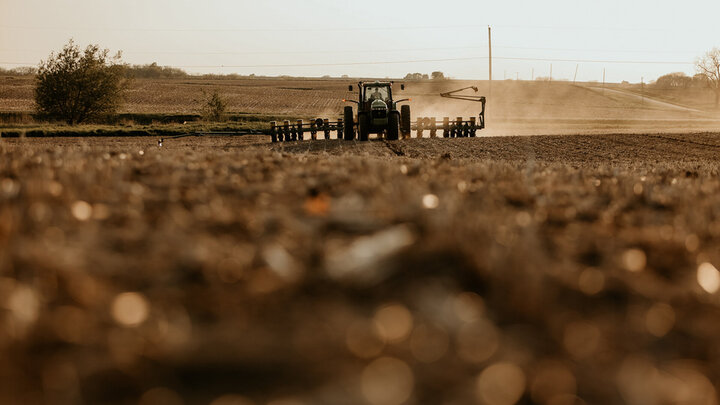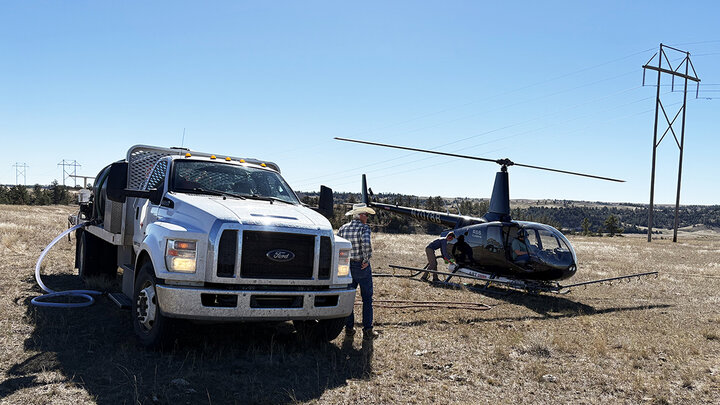By Tamra Jackson, Extension Plant Pathologist
Pathogen
Physoderma brown spot is caused by the chytridiomycete fungus, Physoderma maydis (syn. P. zeae-maydis), which is closely related to the oomycete or water mold fungi, such as the downy mildews. This disease is normally an infrequent, minor disease in corn that we observe during most years to a low degree in Nebraska. However, during some summers when weather conditions are more conducive for disease development, the disease can develop and greater incidence and cause alarm because its symptoms are similar to some other more serious diseases.
Symptoms
The symptoms of Physoderma brown spot may be confused with some other diseases. Lesions are small and round to oblong, yellowish to brown in color, and can develop on the leaf blade, stalk, sheath, and husks. On the leaf blade, these young lesions can resemble those caused by rusts, such as early southern rust. However, closer inspection of these lesions under higher magnification reveals that they are not rust pustules. And, a more obvious difference is that Physoderma brown spot lesions frequently develop in distinct bands across the leaf, particularly at the base of the leaf. These lesions appear different in the midrib than on the remainder of the leaf blade. On the leaf midrib these lesions tend to be darker in color and sometimes larger, so their difference in appearance in this area from the surrounding leaf blade is a clue to the identity of this disease. As the disease progresses, the lesions expand in size, coalesce with neighboring lesions into larger lesions and darken in color ranging in color from chocolate to reddish brown or purple.

Epidemiology
The causal agent of this disease produces brown sporangia that are packed inside infected cells (pictured). Each sporangium releases up to 50 motile zoospores that require both light and water to germinate and infect the plant. Infection most commonly occurs in the whorl where water tends to accumulate during periods of rain and irrigation which is why lesions tend to develop in bands across the leaf. This pathogen, like several others in Nebraska, survives in crop debris and may be more common in continuous corn and fields with abundant residue, such as where reduced tillage practices are employed.

Management
Although disease resistant germplasm is available in areas where the disease is a more consistent and serious problem, this disease is considered of minor importance in the Midwest and seed companies do not promote resistance to it in their hybrids in this region. There are some fungicides labeled for management of Physoderma brown spot, but this disease is rarely a threat to yield and shouldn't normally require treatment. Accurate identification of this disease is important, though, to avoid unnecessary treatment due to a disease misdiagnoses.








